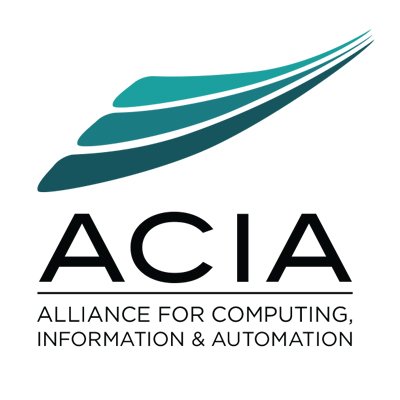The Alliance for Computing, Information, and Automation (ACIA) at Michigan Technological University is a collaborative effort between the Department of Electrical and Computer Engineering, the Department of Computer Science, and the College of Computing.

Mission
The mission of the ACIA is to provide faculty and students the opportunity to work across organizational boundaries to create an environment that is a reflection of contemporary technological innovation.
Over the past 25 years the separate fields of computing, robotics, networking, and security have become increasingly intertwined in what is being considered the 4th Industrial Revolution. This development has created a demand for an agile workforce where engineers program code, and programmers design semiconductors, and the tools that they use are interchangeable.
Michigan Tech already produces top graduates who go on to work for companies like Google, Ford Motor Company and Dow Chemical. Now, the ACIA provides a platform for its students and faculty to not only contribute to the technological transformations of the 21st century, but to be the driving force behind them
Research
The Institute of Computing and Cybersystems (ICC) is the research arm of the ACIA.
The ICC's mission is to promote research and learning experiences in the areas of cyber-physical systems, cybersecurity, data sciences, human-centered computing, and scalable architectures and systems for the benefit of Michigan Tech and society at large.
With a diverse membership of over 80 dedicated faculty members from many different schools and departments, the ICC has the expertise and the willingness to work across the traditional boundaries of electrical engineering, computer science, and information technology, to solve problems of critical national importance in an ever-changing technological landscape.
Education
Members of the participating units work together to create more interdisciplinary academic opportunities.
Goals include:
- Customizing curricula to allow more cross-departmental interaction, collaboration, and fluidity between programs. For example, Computer Science majors will be able to more easily integrate computer engineering courses, while still fulfilling their course requirements.
- Creating new classes, majors, and degrees that address today’s demands on new graduates, for example, a MS in Cybersecurity.
